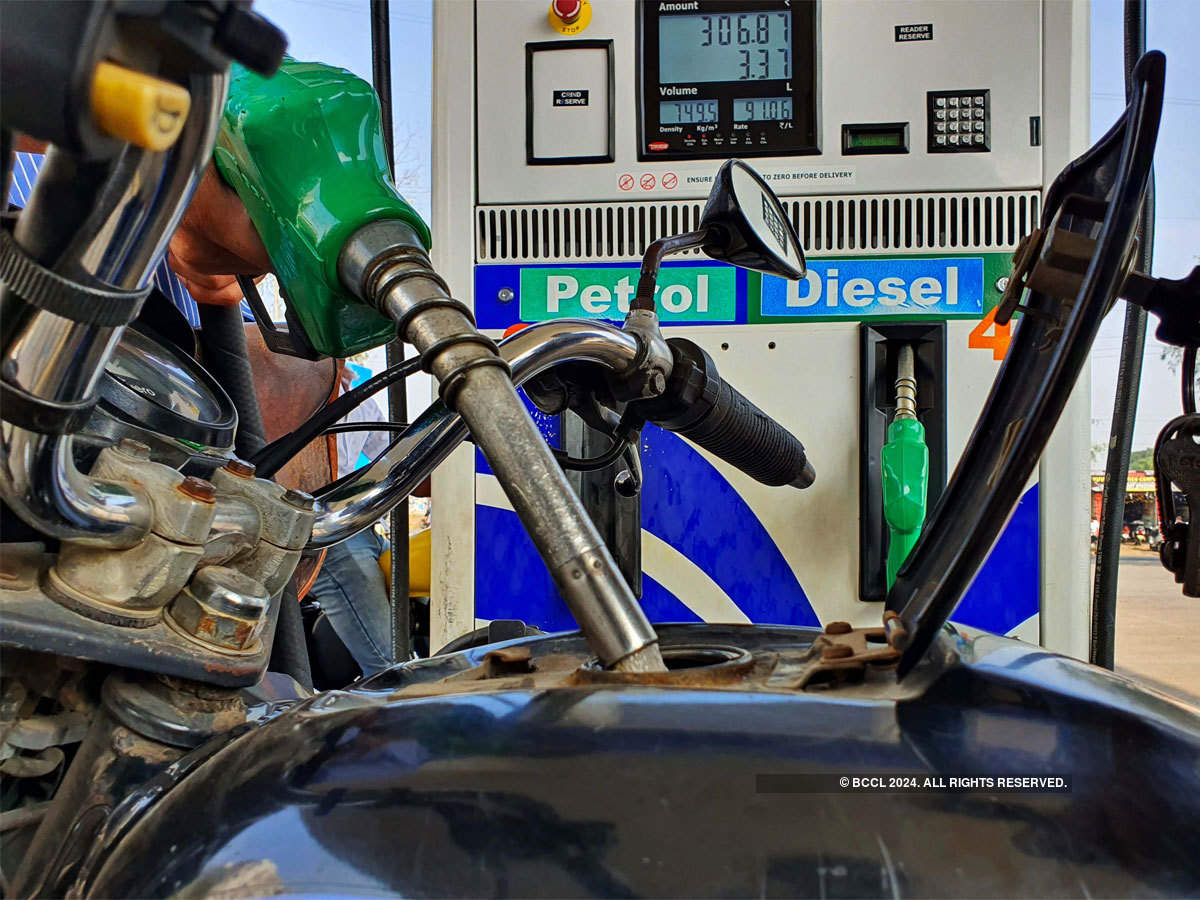
New Delhi: While the pandemic pummelled tax collection across the board, excise duty mop-up jumped 48 per cent in the current fiscal on the back of a record increase in taxes on petrol and diesel, that more than made up for the below normal fuel sales.
Excise duty collection during April-November 2020, was at Rs 1,96,342 crore, up from Rs 1,32,899 crore mop-up during the same period in 2019, according to data from the Controller General of Accounts (CGA).
This despite the fact that over 10 million tonnes less diesel – the most used fuel in the country – was sold during the eight months period.
Diesel sales during April-November 2020, stood at 44.9 million tonnes as compared to 55.4 million tonnes a year back, according to data from the oil ministry’s Petroleum Planning and Analysis Cell (PPAC).
Petrol consumption too was lower at 17.4 million tonnes, compared to 20.4 million tonnes during April-November 2019.
While Goods and Services Tax (GST) apply on most products since its introduction in 2017, oil products and natural gas has been kept out of its preview. Excise duty, which accrues to the centre, and VAT that goes to the state government, are levied on their sale.
The government had raised excise duty on petrol by Rs 13 per litre and that on diesel by Rs 16 a litre in two tranches–
Industry sources said the jump in excise duty was primarily because of a record increase in taxes on petrol and diesel during March and May last year.
The government had raised excise duty on petrol by Rs 13 per litre and that on diesel by Rs 16 a litre in two tranches to mop up gains arising from international crude oil prices falling to a two-decade low.
With this, the total incidence of excise duty on petrol rose to Rs 32.98 per litre and that on diesel to Rs 31.83 a litre.
Petrol costs Rs 84.70 a litre in Delhi and a litre of diesel comes for Rs 74.88.
In full 2019-20 fiscal (April 2019 to March 2020), excise collection totalled Rs 2,39,599 crore, according to CGA.
Central excise duty makes up for 39 per cent of petrol and 42.5 per cent of diesel–
Central excise duty makes up for 39 per cent of petrol and 42.5 per cent of diesel. After considering local sales tax or VAT, the total tax incidence in the price is about two-third of the retail rate.
The excise tax on petrol was Rs 9.48 per litre when the Modi government took office in 2014, and that on diesel was Rs 3.56 a litre.
The government had between November 2014 and January 2016, raised excise duty on petrol and diesel on nine occasions to take away gains arising from plummeting global oil prices.
In all, duty on petrol rate was hiked by Rs 11.77 per litre and that on diesel by 13.47 a litre in those 15 months that helped government’s excise mop up more than double to Rs 2,42,000 crore in 2016-17, from Rs 99,000 crore in 2014-15.
The government had cut excise duty by Rs 2 in October 2017, and by Rs 1.50 a year later. But it raised excise duty by Rs 2 per litre in July 2019. It again raised excise duty on March 2020, by Rs 3 per litre each. In May that year, the government hiked excise duty on petrol by Rs 10 per litre and that on diesel by Rs 13 a litre.
The excise tax on petrol was Rs 9.48 per litre when the Modi government took office in 2014, and that on diesel was Rs 3.56 a litre.–
While basic excise duty on crude is not so significant, it is ad valorem (a certain percentage of value) on ATF at 11 per cent and on natural gas-compressed 14 per cent. In case of an ad valorem system, earnings happen only if the product price goes up.
According to CGA, over tax revenue of the government is down 45.5 per cent at Rs 688,430 crore during April-November. For the full 2020-21 fiscal (April 2020 to March 2021), the government had budgeted Rs 16.35 lakh crore tax revenue.
Corporation tax mop-up is down 35 per cent at Rs 185,699 crore and income tax collection is 12 per cent lower at Rs 235,038 crore, the CGA data showed.















